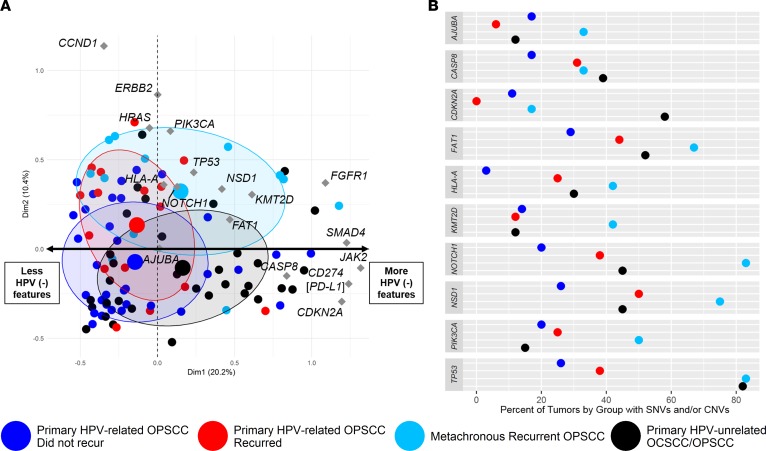Figure 4. Integrated analysis of genomic aberrations.
(A) Multiple correspondence analysis (MCA) was performed to compare patterns of genomic alterations (i.e., somatic mutation and copy number variants) between primary HPV-related OPSCCs that did (n = 16) or did not recur (n = 35), metachronous recurrent OPSCCs (n = 12), and primary HPV-unrelated OCSCCs and OPSCCs (n = 33). Associations between genomic features are represented graphically in the MCA plot illustrating the statistical relationships among distinct features. The analysis considers 41 HPV-negative–like genes. A sample that has a mutation and/or copy number aberration is defined as having a genomic aberration for a given gene. Small colored dots represent individual tumors. Large dots represent the average position on the first 2 principal dimensions of variance among all tumors within a group. There is one large point for each of the 4 groups. Diamonds represent the contribution of the selected genes to each of the first 2 principal dimensions. Groups that plot close to each other on the ordinate and/or abscissa are related statistically. MCA coordinates are encompassed by 95% confidence ellipses. Samples clustering on the positive pole of the x axis harbor more HPV-negative–like genomic features, while those on the negative pole of the x axis harbor fewer HPN-negative–like features. (B) Dot plot illustrating the percent of tumors in each of the 4 groups with a somatic mutation and/or copy number variant in a set of 10 genes that are frequently altered in HPV-negative head and neck cancer.

